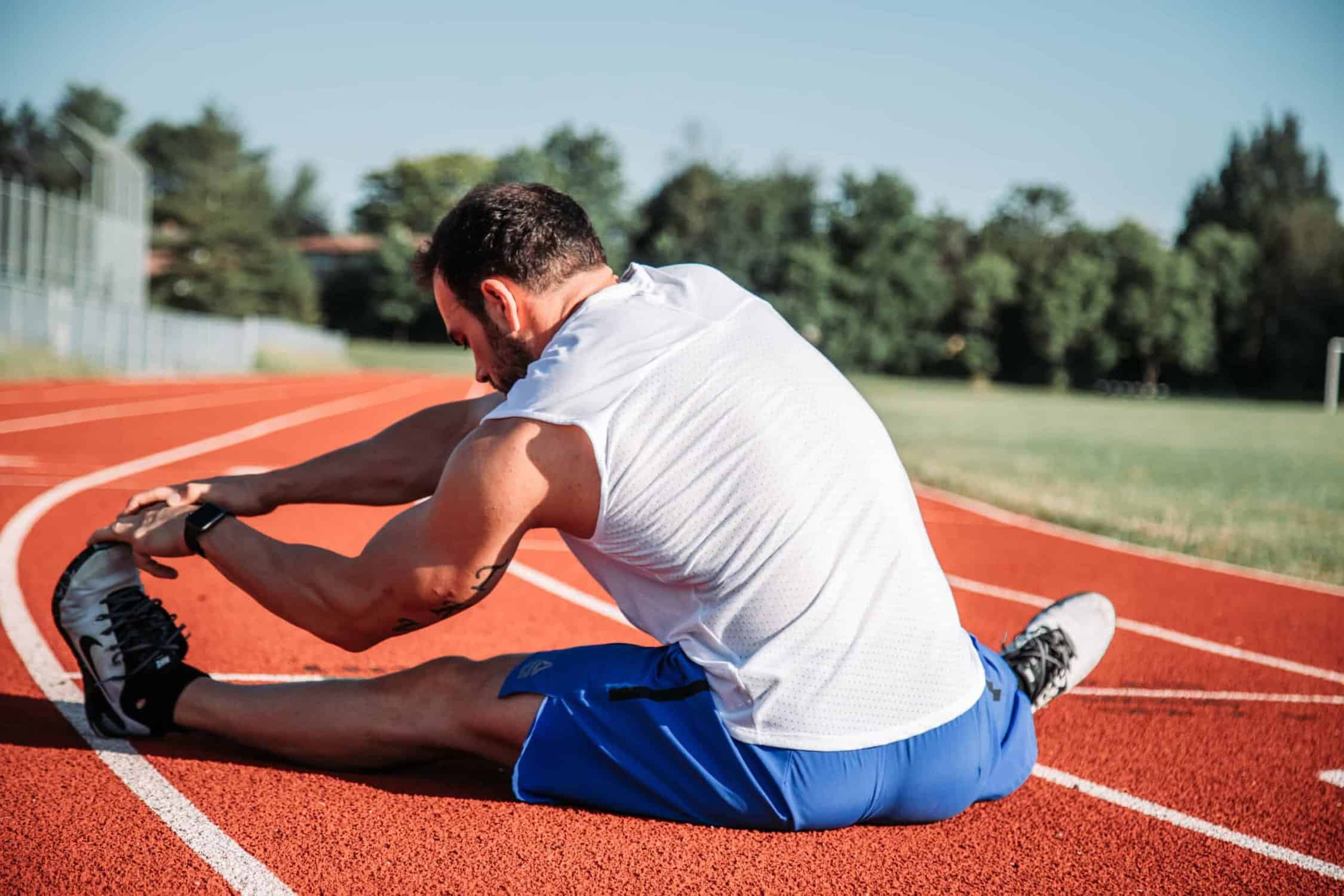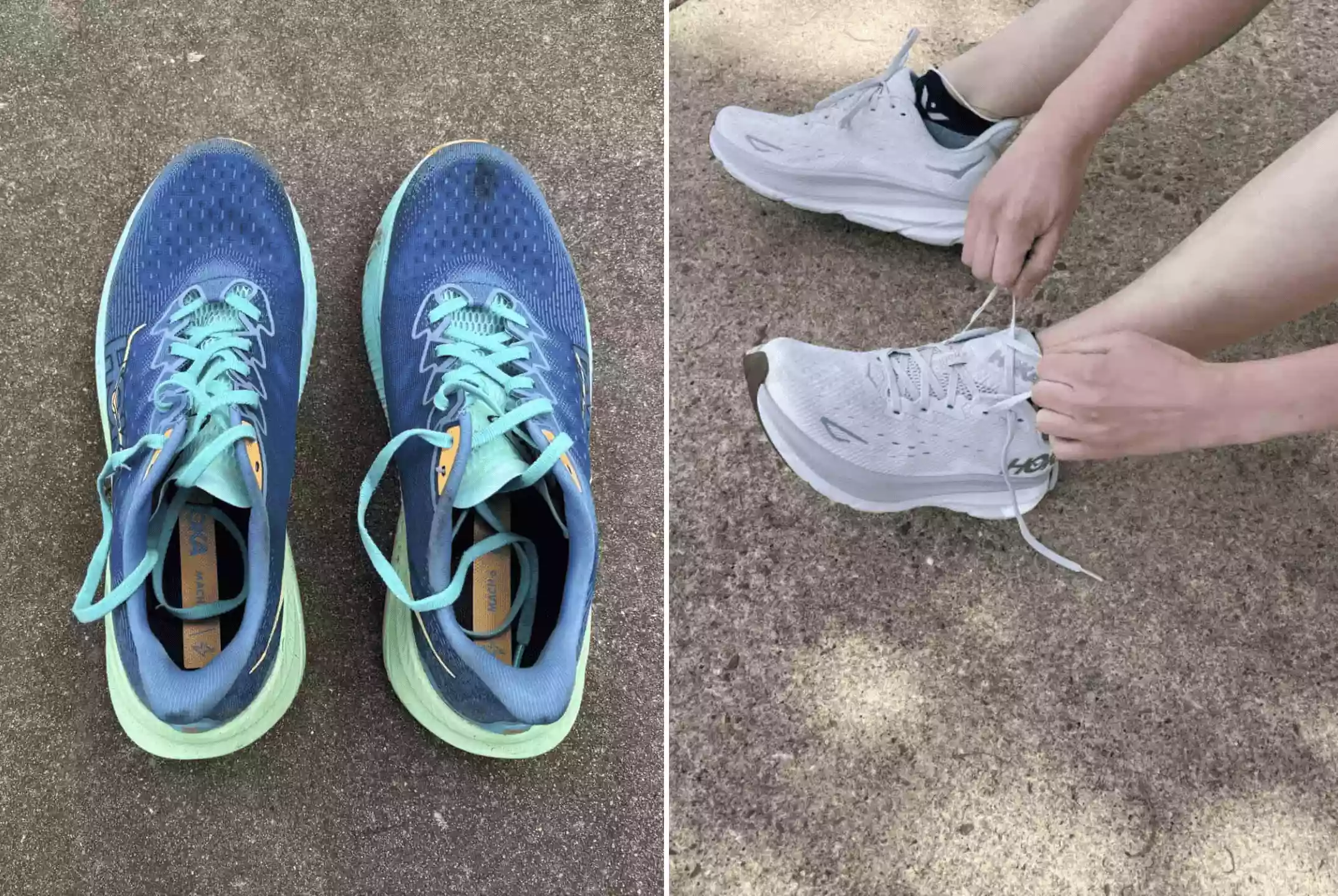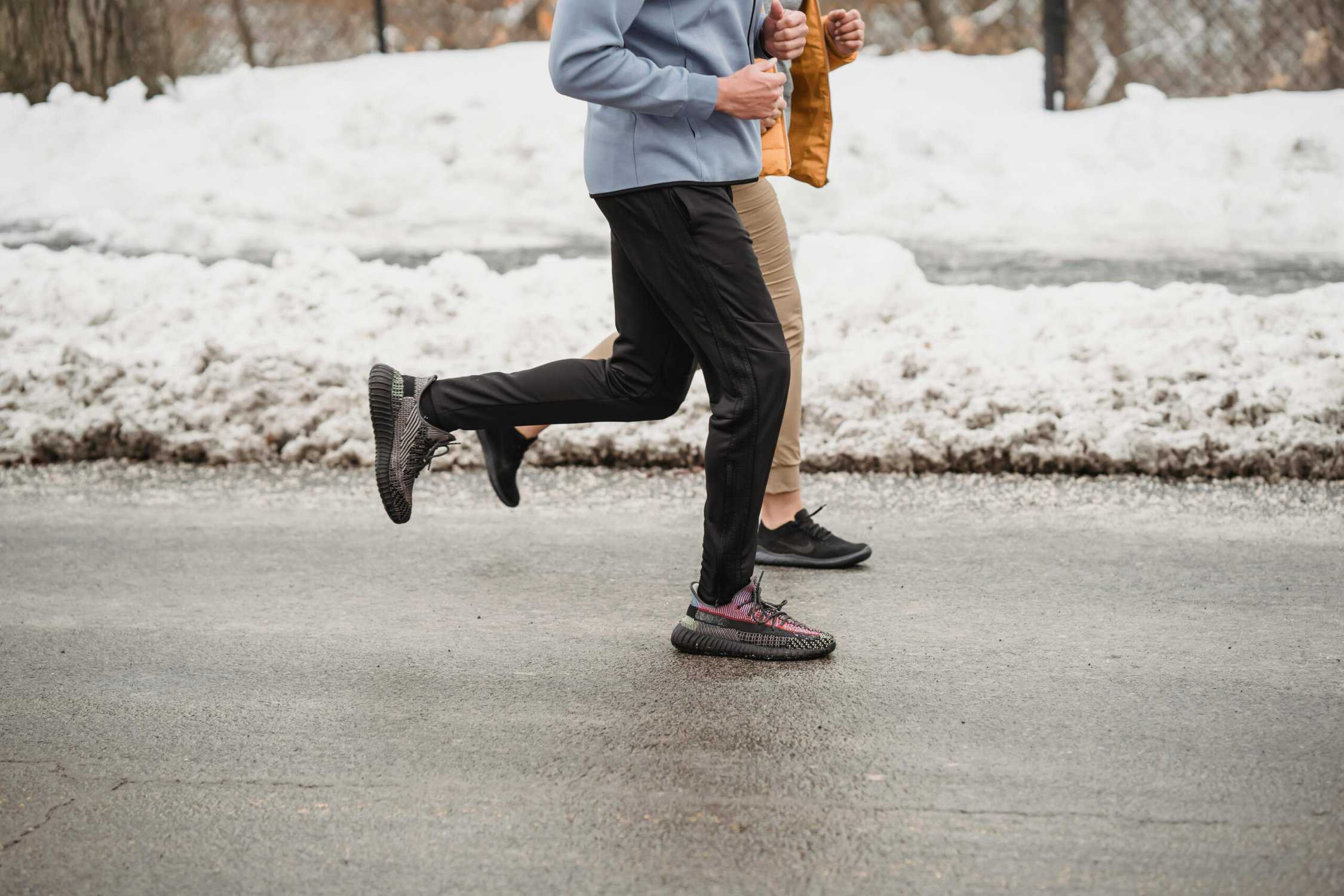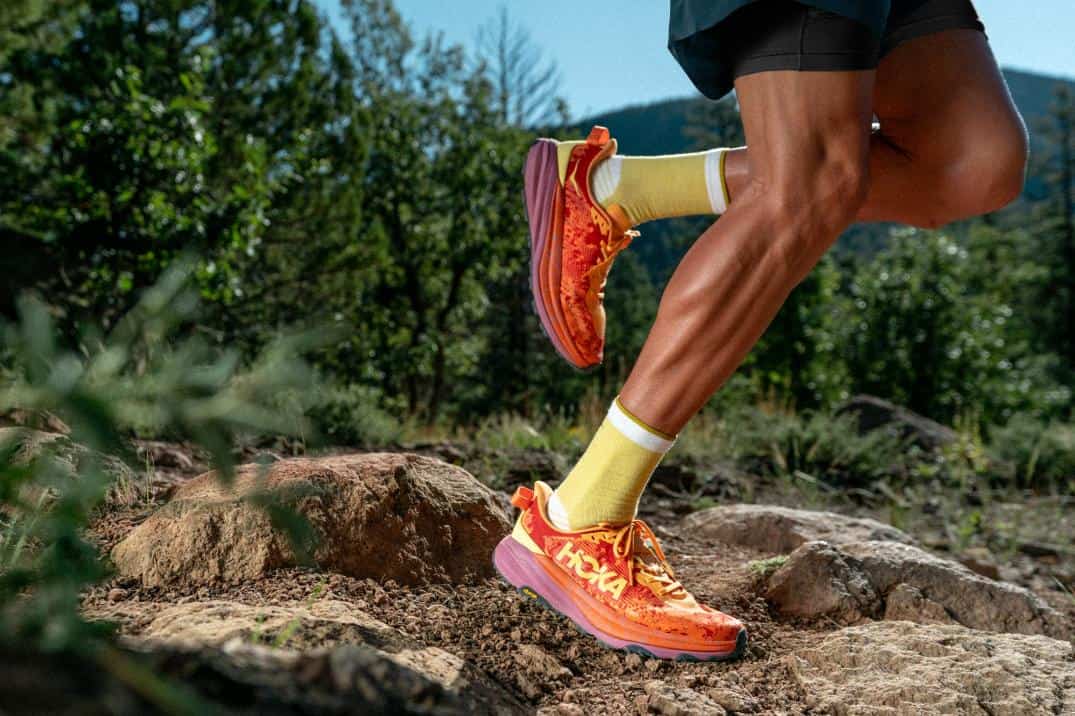- Foam rolling, compression garments, active recovery, cryotherapy, and cold water immersion are among the most well-researched and promising running recovery methods.
- Sleep, running nutrition, and periodisation are runners’ greatest tools to recovering from training.
- Recovery will naturally occur in the body over time. Intervening with recovery tools may speed up the process.

Recovery–which can easily consist of a good night’s sleep and a balanced, replenishing meal–has become a complicated beast.
The price tag on some running recovery products ballooning up into the thousands. Runners need access to better information on which products are truly worth the cost. That is especially true if they’re running on a budget.
A new study out of Australia aims to help athletes sort through which claims are true and which are marketing hype.
How They Determined The Best Recovery Tools
The narrative, peer-reviewed study, published in the journal Sports, was put together by physiologists from La Trobe University in Australia. Matt Driller, Ph.D., and Alana Leabeater reviewed nearly 100 studies spanning from 1998 to 2023. They ranked the quality of evidence with meta-analyses and systematic reviews being the highest and single case reports and editorials among the lowest.
They found foam rolling, compression garments, electrical muscle stimulation (EMS), cryotherapy, photobiomodulation (infrared light), hydrotherapy, active recovery, and stretching to have the highest quality data–though the data does not show that all are effective.
The use of saunas, recovery boots, blood flow restriction, float tanks, and massage guns did not have enough high quality data to back them up.
But due to their popularity among athletes, the researchers expressed hope that they’d be studied further in the future.
The Good (and the Not so Good)
The low cost recovery methods like foam rolling, wearing compression garments, and active recovery conferred the most recovery benefits. They also had little to no reported detriments. (In active recovery the activity must be intense enough to raise heart rate and increase blood flow, without causing further muscle damage or fatigue.)
On the more expensive/cumbersome side: whole body cryotherapy reduced both muscle soreness and reduced inflammation.
Hydrotherapy–cold water immersion–was also found to have positive recovery effects. Specifically when practiced on an acute basis. But, the researchers suggest that using the strategy more frequently needs further testing.
Less widely used, studies have found that laser therapy (photobiomodulation) can be even more effective than cryotherapy or cold water immersion. Evidence shows that it can reduce muscle fatigue and increase muscular strength and endurance performance.
EMS is often thought to improve blood flow and reduce muscle soreness. But, ultimately, studies had inconsistent findings. The majority of the studies concluding it had no benefit.
While stretching can increase range of motion, it is no more effective than other recovery methods.
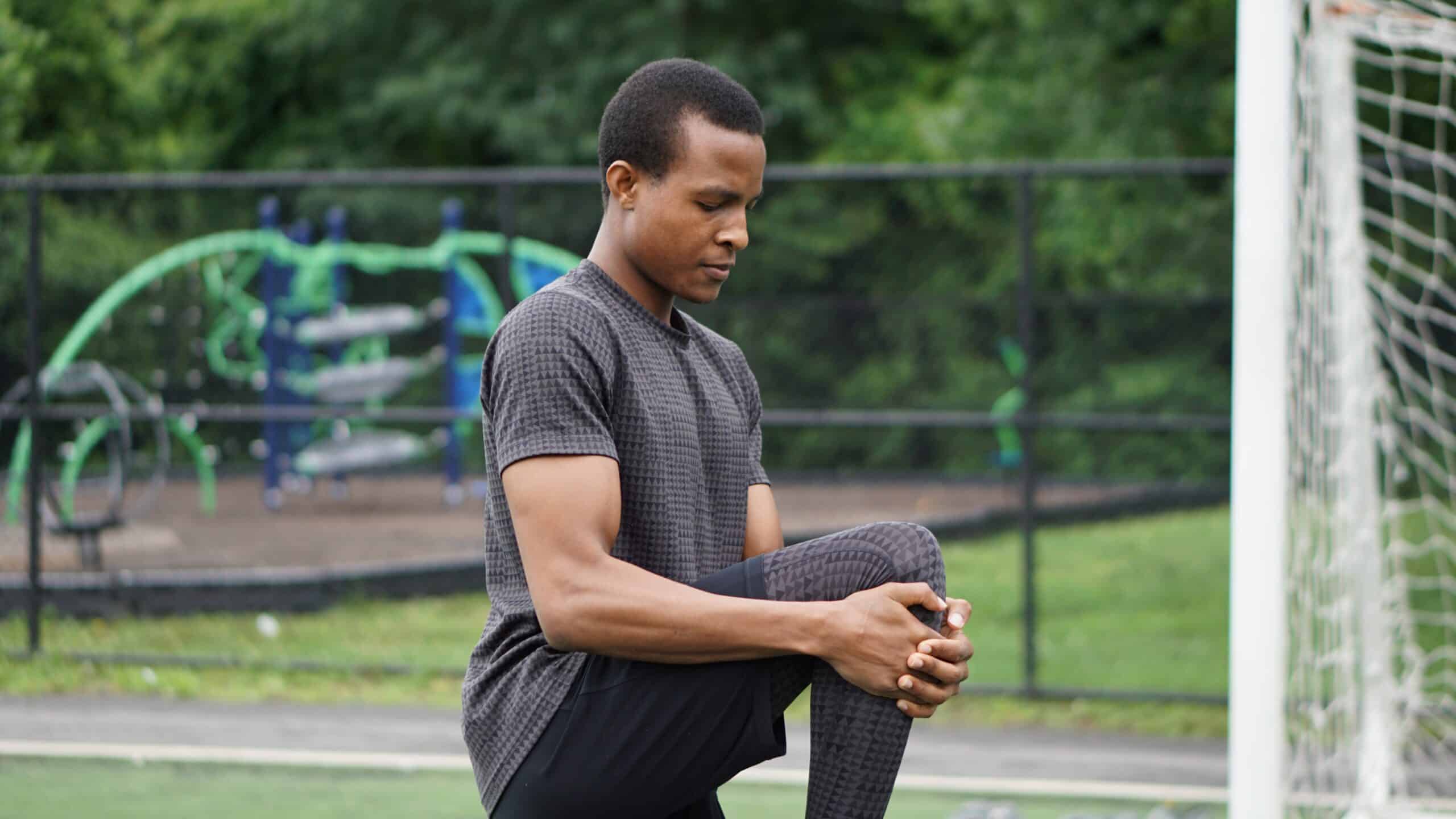
What Else You Should Know About Running Recovery Tools
Research on recovery strategies should be looked at critically, as should the claims that manufacturers of recovery tools are making.
Recovery is a hard concept to study because the human perception of fatigue and soreness plays a major role.
“It is difficult to design blinded research to rule out the possibility of a placebo effect with these recovery interventions,” wrote the study authors. You can’t rule out that athletes in the studies might just believe they are well-recovered.
When they’re not, that belief can still help them perform better.
But one thing was absolutely clear from the study. Sleep, nutrition, and periodisation (building phases into your training plan where intensity slowly builds and then tapers down) are the tried and true building blocks of recovery. Everything else is just, as the researchers would say, icing on the cake.

